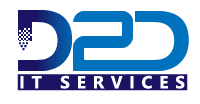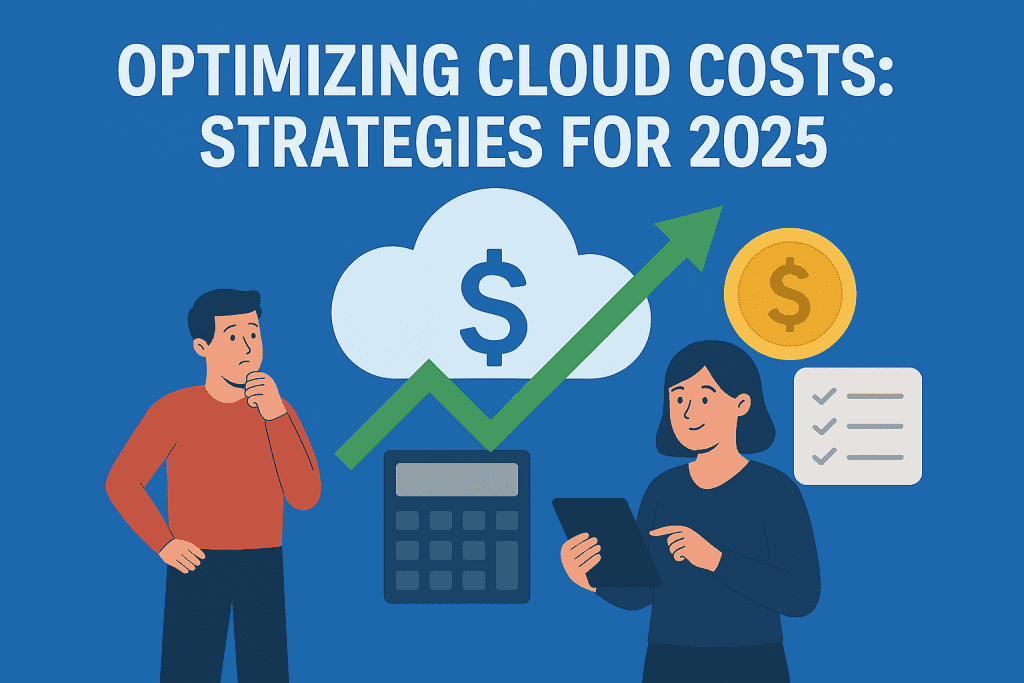Cloud computing continues to be the backbone of modern business operations. However, with expanding workloads and evolving pricing models, optimizing cloud costs in 2025 has become a strategic necessity rather than a technical afterthought. Companies that fail to manage their cloud spending risk budget overruns, reduced ROI, and missed innovation opportunities.
This guide outlines the latest cost-optimization strategies to help your organization stay efficient, secure, and competitive.
1. Adopt a FinOps Culture
FinOps is the convergence of finance, operations, and engineering teams to manage cloud costs collaboratively.
Key practices include:
Real-time cost visibility through cloud-native monitoring tools
Shared accountability between finance and engineering
Continuous optimization cycles to adapt to evolving workloads
By making cloud spending a team responsibility, businesses ensure decisions are both technically sound and financially responsible.
2. Embrace Right-Sizing and Auto-Scaling
One of the fastest ways to cut waste is by right-sizing instances and storage. Many organizations pay for resources that remain underutilized.
In 2025, AI-driven monitoring tools can:
Automatically resize VMs and containers based on usage
Decommission idle resources during non-peak hours
Adjust workloads dynamically with auto-scaling policies
3. Leverage Reserved and Spot Instances
Public cloud providers offer reserved instances at discounts of up to 70% for predictable workloads. For variable workloads, spot instances can provide massive savings.
In a hybrid model, combining both purchasing options ensures flexibility while minimizing costs.
4. Optimize Data Storage Strategies
With growing data volumes, storage can silently inflate cloud bills.
Best practices for 2025 include:
Tiered storage (hot, warm, cold) based on access frequency
Data lifecycle policies to automatically archive or delete stale data
Compression and deduplication to reduce storage footprint
5. Implement Cloud Cost Automation
Manual cost management is no longer practical. Cloud providers and third-party platforms now offer automation rules that:
Identify unused resources
Trigger scaling actions
Optimize workloads during off-peak hours
This proactive approach prevents overspending before it happens.
6. Consider a Hybrid or Multi-Cloud Strategy
Not all workloads need to be in the public cloud. In 2025, many organizations are moving toward hybrid and multi-cloud environments to:
Avoid vendor lock-in
Take advantage of the most cost-effective services from each provider
Maintain sensitive workloads in private infrastructure for compliance
Final Thoughts
Optimizing cloud costs in 2025 isn’t just about reducing expenses—it’s about maximizing value. By combining cultural shifts like FinOps with technical measures such as automation, hybrid strategies, and AI-driven optimization, businesses can unlock the full potential of the cloud without draining budgets.
Over-provisioning resources, lack of monitoring, and unused instances are common cost drivers.
Monthly reviews are ideal, but real-time monitoring offers the best results.
Yes, automation can shut down idle resources, right-size workloads, and trigger scaling events—saving both time and money.








